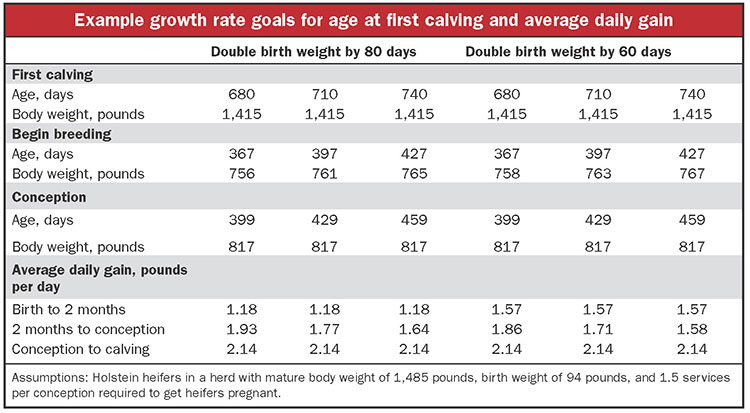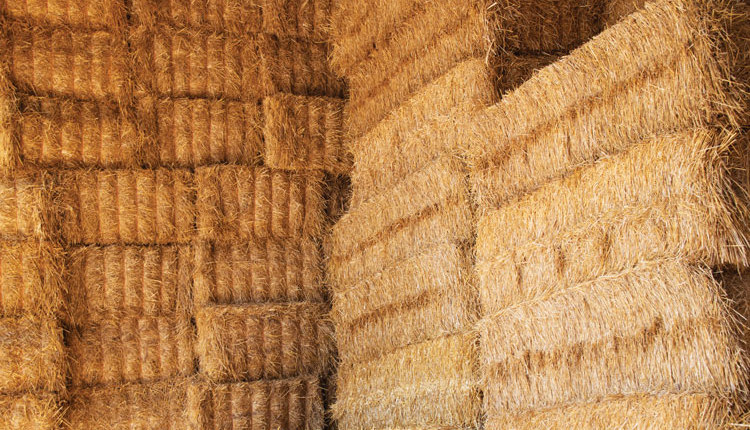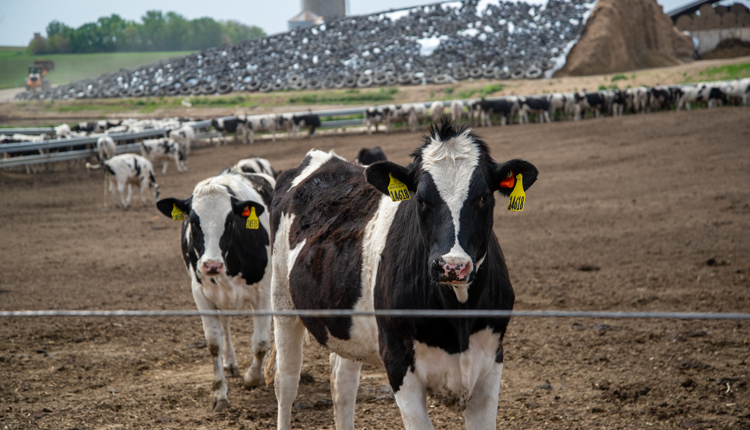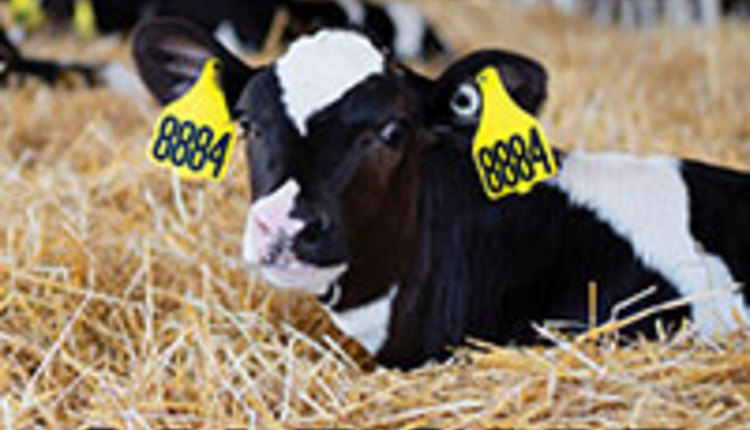The authors are a professor, research associate, and extension educator with Penn State.
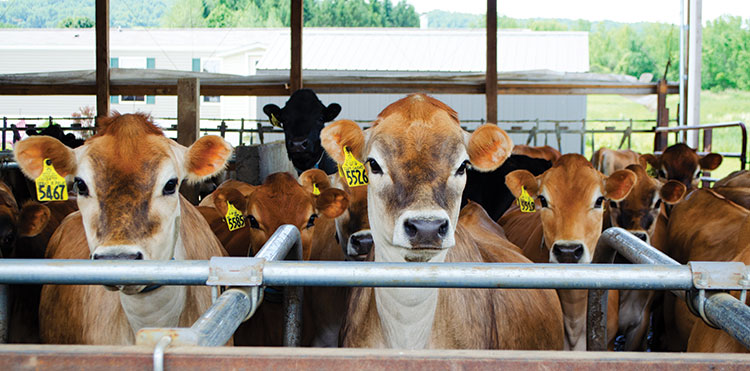
Managing growth is of fundamental importance to the heifer enterprise of a dairy farm. We know a heifer needs to meet certain growth goals by certain points in its life to meet a farm’s production and economic objectives.
We have learned a great deal about dairy animals, and we continue to develop better ways to feed and manage them. Measuring and monitoring steps are critical to making improvements so we can better feed for and select for traits that improve milk quality and cow productivity.
What about the heifer?
Growth rates before puberty affect age at breeding and calving, and research has shown that growth rates during this period impact first lactation milk production. We also know the negative economical consequences of keeping heifers in the replacement barn longer than 22 to 23 months. Finally, we know body weight at calving influences first lactation milk yield because it impacts dry matter intake and subsequent growth of the animal during the first lactation.
Grow at the right rate
Let’s break down these “things we know” to consider how measuring the body weight of heifers can give us more insight to subsequent nutrition and management decisions. To begin with, research has shown that excessive growth rates in the prepubertal period can limit future milk production. From 3 to 9 months of age, we can optimize first lactation milk by growing heifers at about 1.7 to 1.9 pounds per day.
After puberty, growth rates can be adjusted as needed to allow heifers to achieve adequate body weight at calving. This can be over 2 pounds per day if the animals are kept from getting fat.
Performance in the first lactation is greatest when heifers are 85 percent of their mature weight after calving. Working backwards from goals for age and weight at calving, we can develop benchmarks for heifer growth.
The table illustrates some examples of matching heifer growth to meet different goals. Penn State’s Customized Heifer Growth Chart (on.hoards.com/PSUheiferchart) can be used to calculate weight and height curves for your operation based on the specific genetic and management aspects of your herd.
Examples in the table were calculated for Holstein heifers with a mature body weight of 1,485 pounds, birth weight of 94 pounds, and 1.5 services per conception. Notice that body weights at conception and at calving do not change as age at first calving changes. This is because these goals are determined by mature size.
Heifers should reach 55 percent of mature size by the time they are pregnant and 85 percent of mature size after calving. As a result, the average daily gain needed from conception to calving also remains constant.
If we hold the preweaning growth rate the same, the only numbers that are changing are the targets for the age and weight at which breeding begins. Because the weight goal shifts, the average daily gain required from 2 months of age to conception drops as age at calving rises.
If we adjust the preweaning growth goal and aim to double birth weight by 60 days of age rather than 80, then the target weights for the start of breeding shift a bit. Of course, the average daily gains needed in the first two months and from two months to conception change compared to the doubling by 80 days example. However, the goals for body weight at conception and calving do not change. Gestation length is fixed, so if we miss the mark on breeding heifers at the correct size, they will always end up calving at an age older than our goal.
A $5 investment
Now, what does all of this have to do with a $1,000 weight tape? In a recent on-farm meeting, we asked producers to guess the body weight of heifers in the breeding pen. After walking through the heifer barn and looking over the heifers in the “breeding pen,” everyone was asked to guess the body weights and write them down. Most of the farmers guessed the heifers weighed 750 to 800 pounds.
Then we used a weight tape and found the actual weights were 900 pounds or a bit more. This is not unusual; most of the time when we try this exercise on farms, the result is the same. Visual weight estimation is not reliable and typically people, even those who work with heifers every day, underestimate body weight. On this farm, the heifers in the “breeding pen” were big enough to have been bred at least a month before our visit.
Just before walking the heifer pens, we reviewed some economic information showing that keeping a 22-month-old heifer in the heifer barn for one additional month typically costs $100 per head in Pennsylvania. There happened to be 10 heifers in this particular breeding pen.
If the farm had used a weight tape a couple of months before our visit and bred heifers one month earlier, most of those heifers would have entered the milking string one month earlier. That means for this one group of heifers, the knowledge gained from the weight tape would have had a pay back of $1,000. It is quite a valuable tape, especially considering you can purchase one for less than $5.
Measure, don’t guess
Like many other observations, taking time to recalibrate yourself occasionally to know what a 750-pound heifer looks like compared to a 900-pound one is important. If you have a scale, use it; it is the best way to measure weight.
If you don’t have a scale, use a weight tape. They are accurate within about 5 percent and are quite reliable even when measurements are made by several different people over time. Either method is more reliable than visually estimating body weights and will provide valuable information that more than pays for your investment in equipment.
Develop a workable system to ensure that heifers can be weighed easily and safely. If it is simple, it will get done. If it is a dreadful chore, it is much more likely to be delayed or skipped entirely, and the opportunity to gather this beneficial information will be missed.
